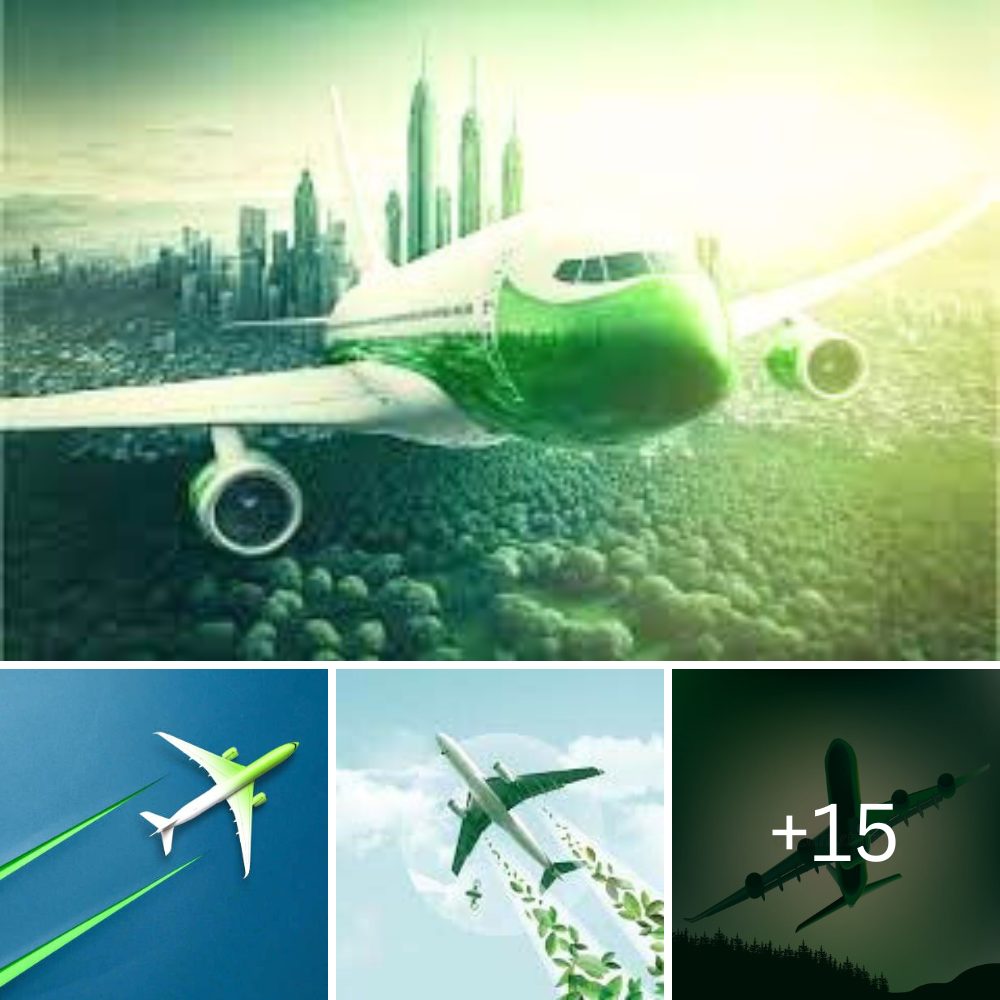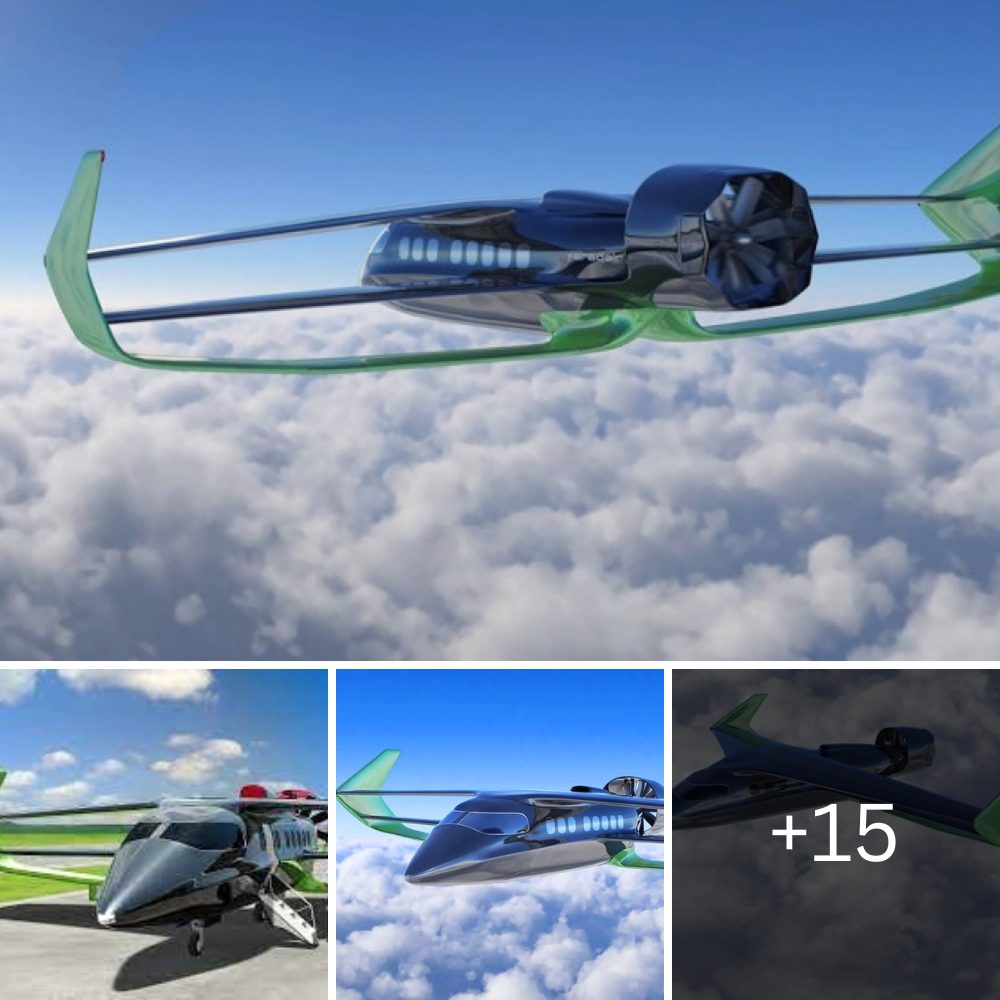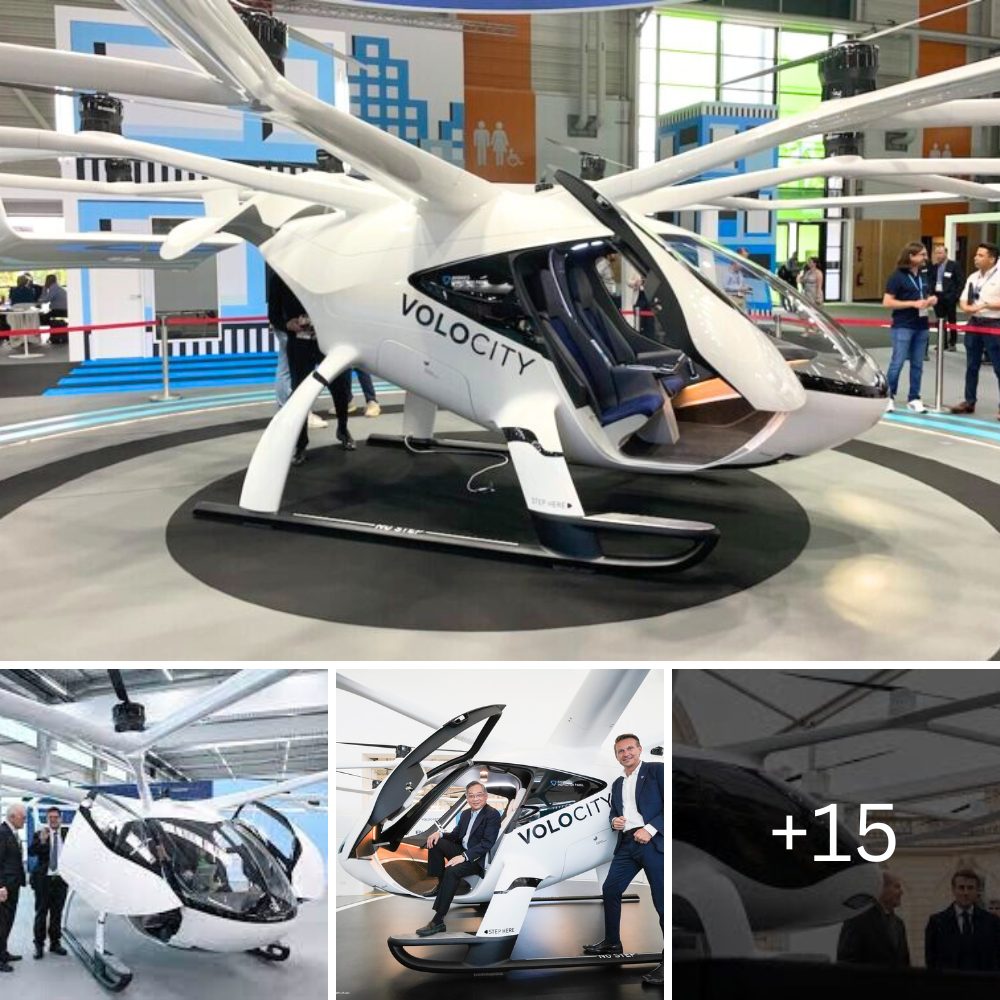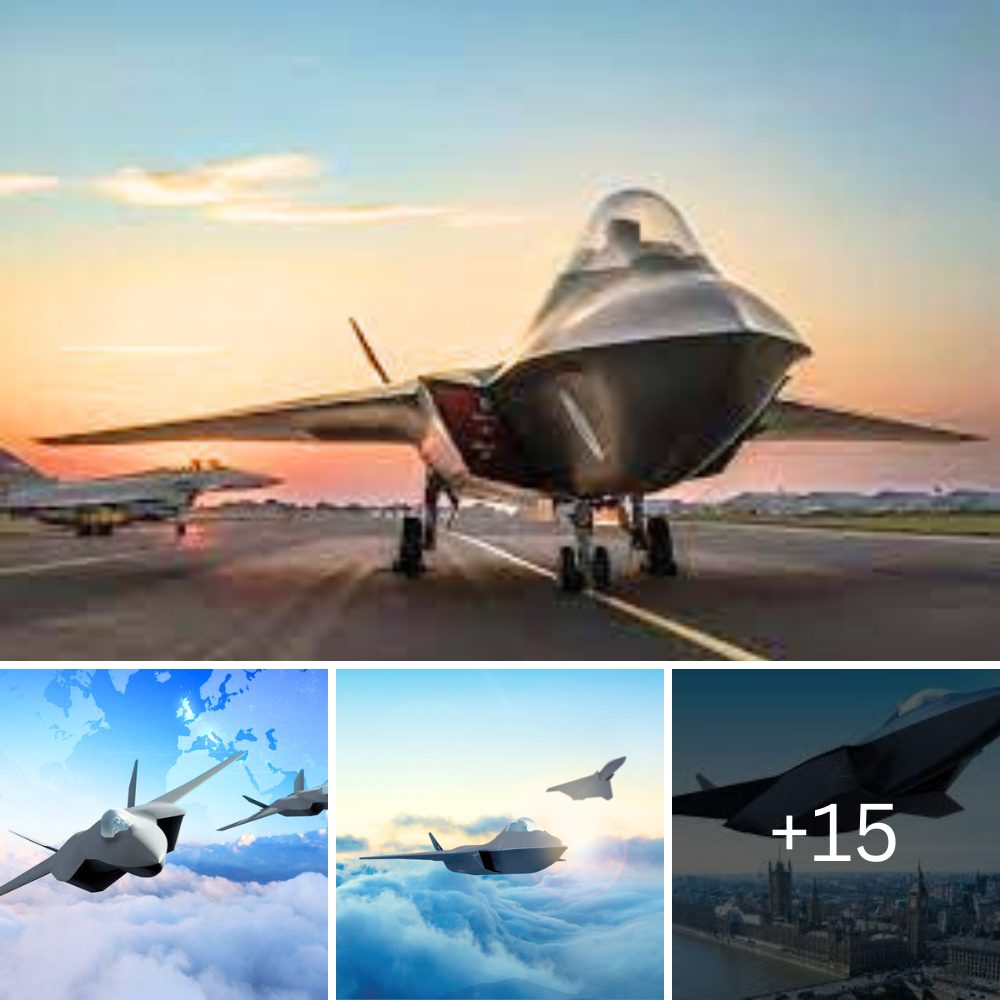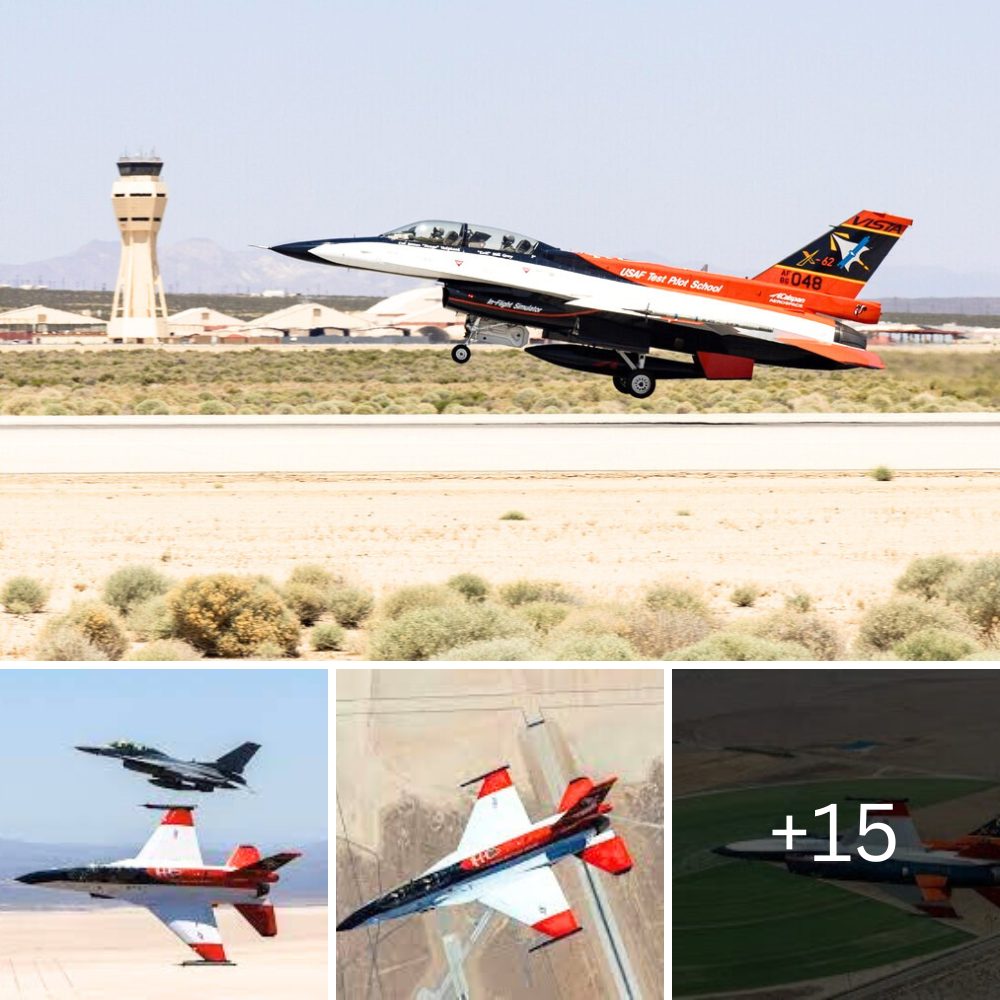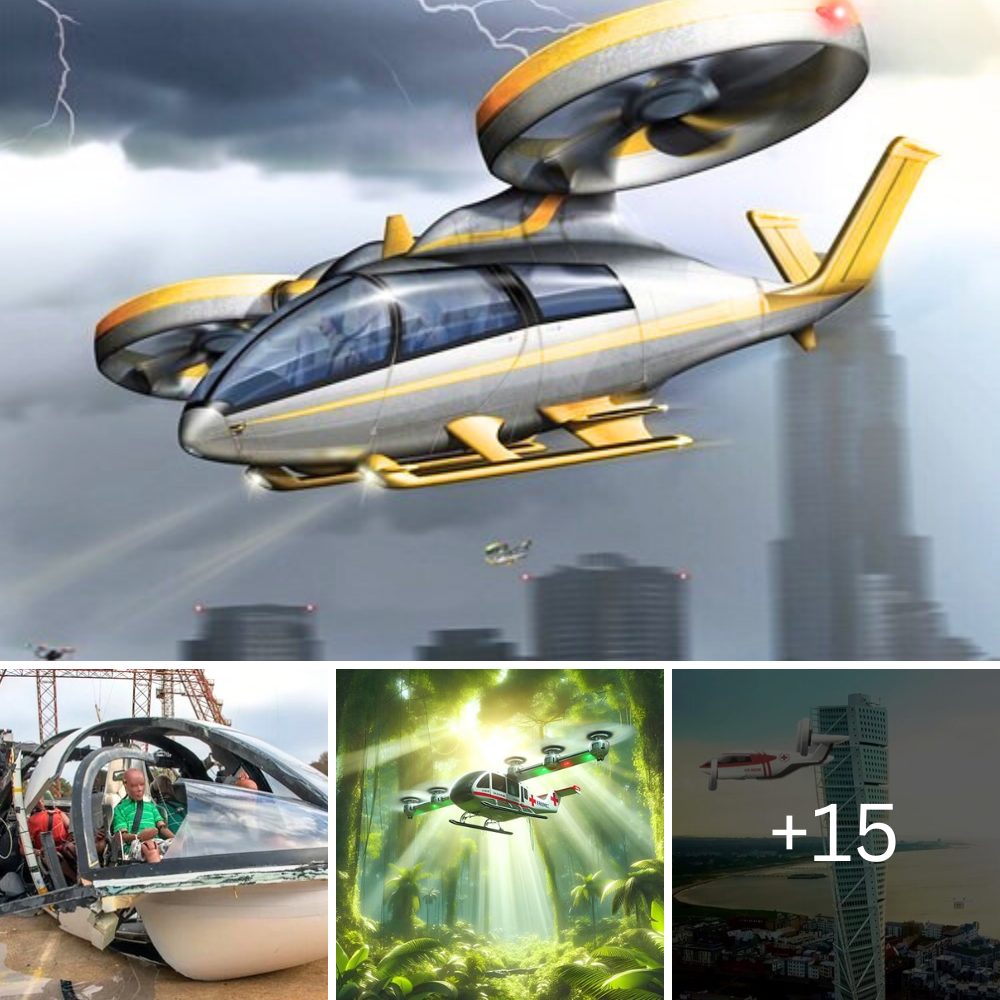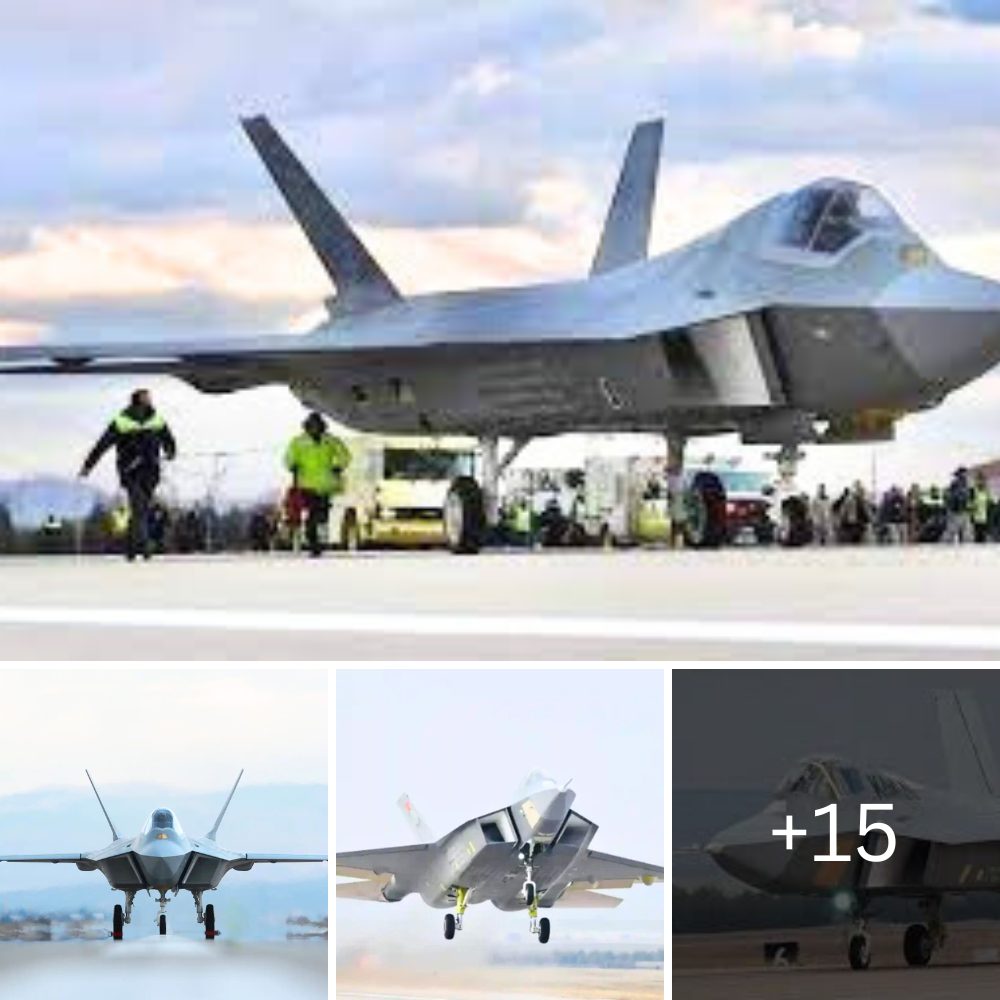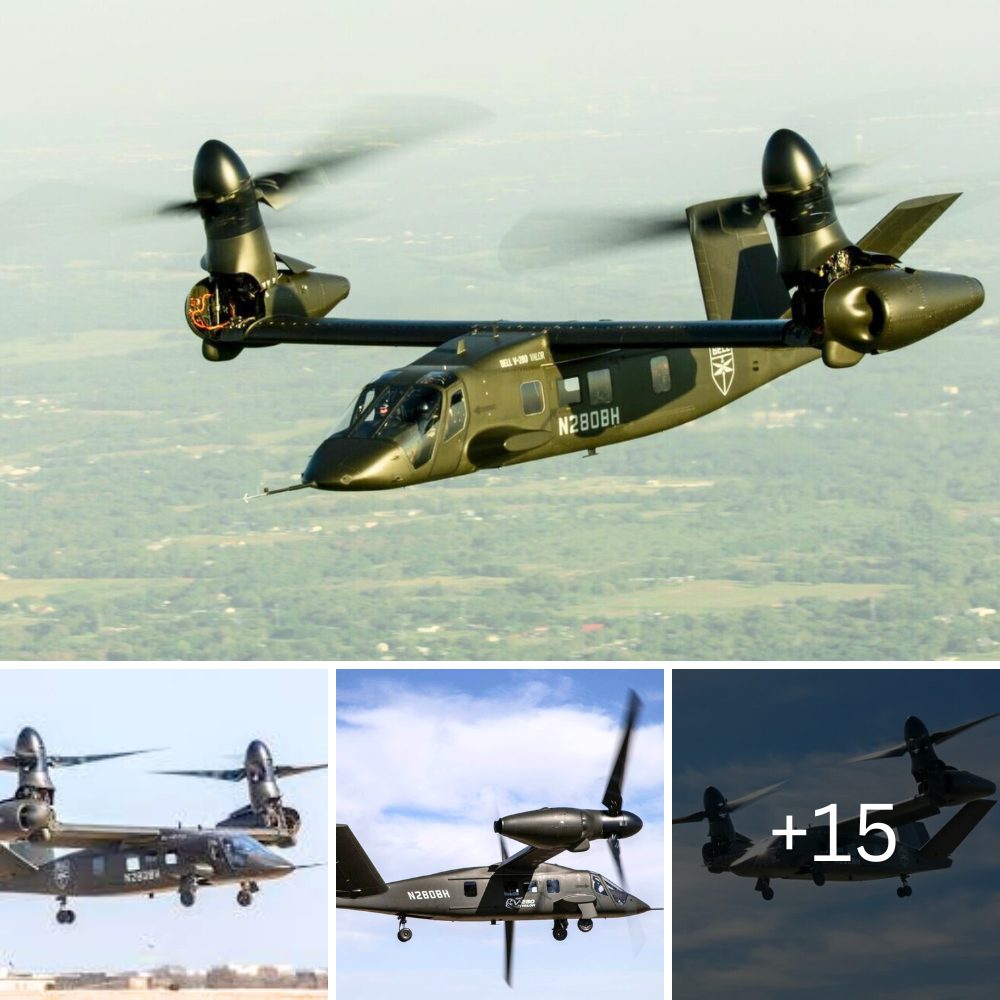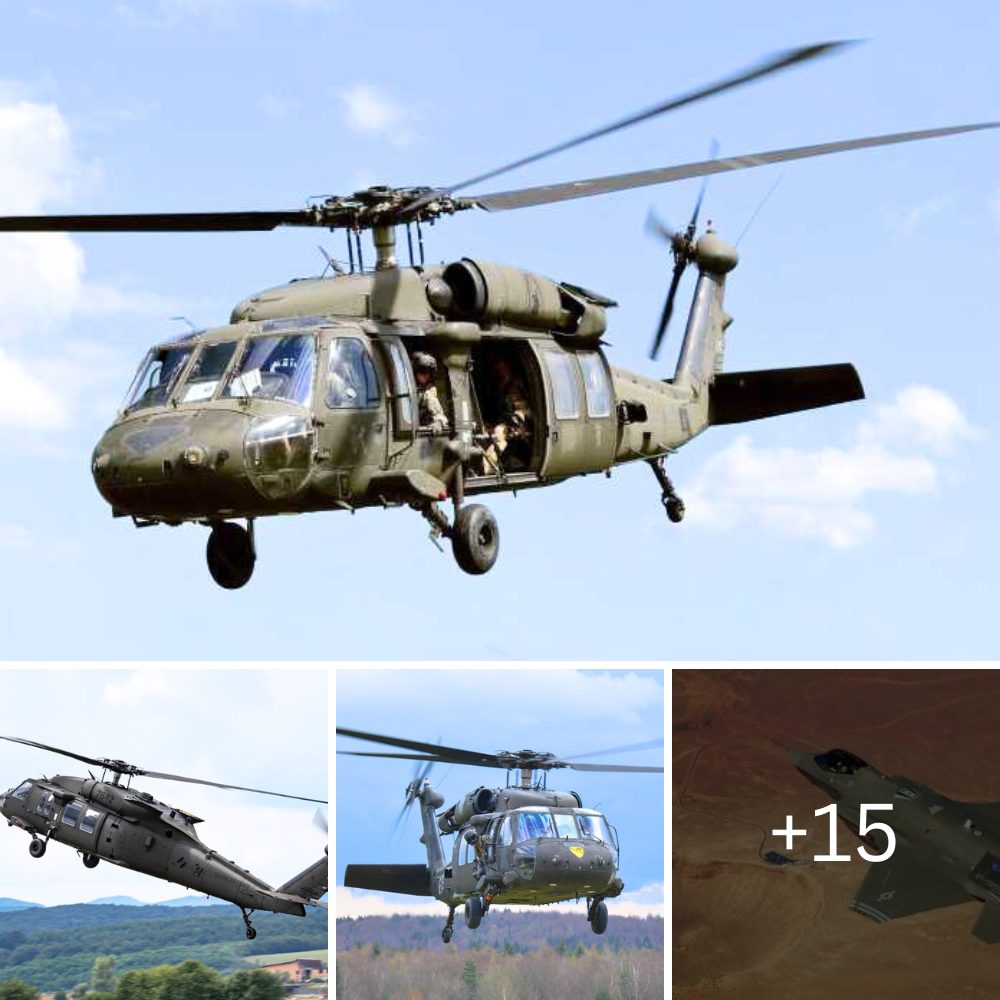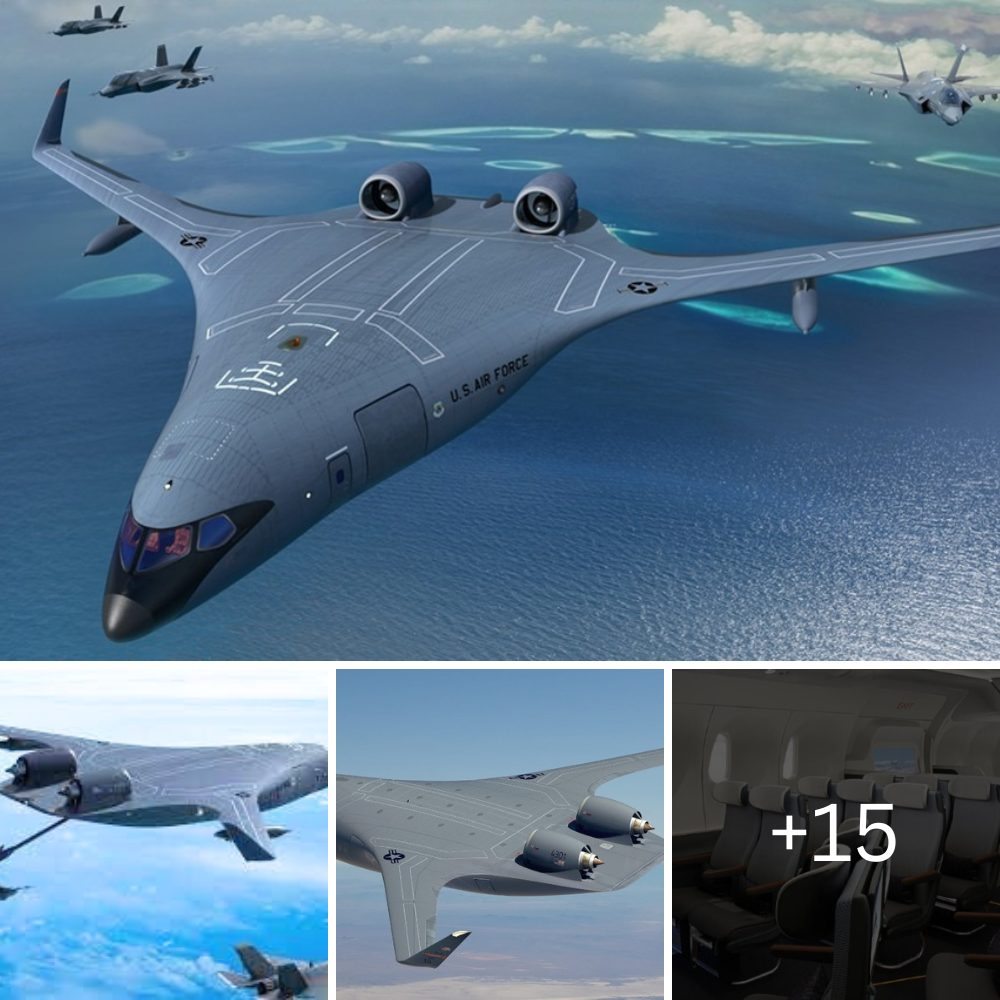Aircraft designed to carry 12 passengers will be able to fly at more than 1,700 km/h
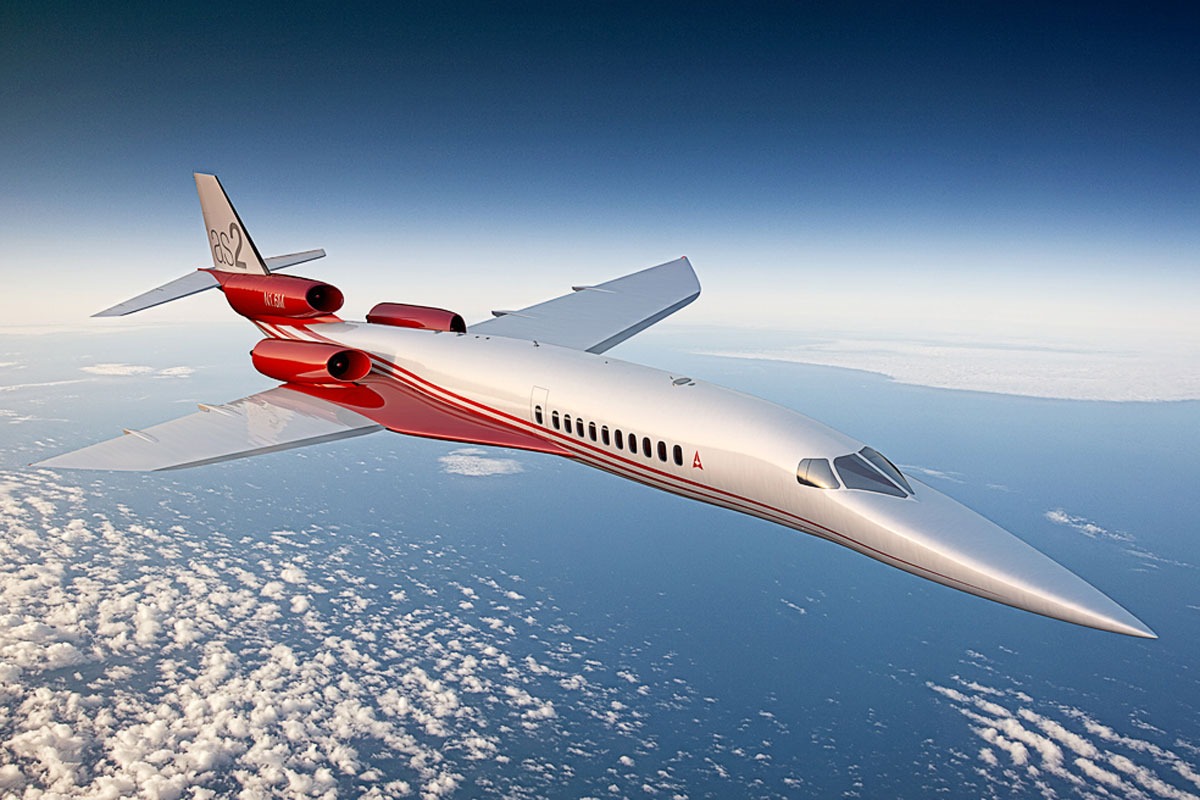
Still classified as a “developer of supersonic commercial aircraft”, Aerion, from the United States, plans to officially become a “manufacturer” from the next decade, as shown in its preliminary design of the supersonic executive jet AS2 released this week. In addition, the company also announced plans to develop larger and faster aircraft, including commercial airliners.
Aerion’s supersonic plane is designed to carry 12 passengers and fly at a top speed of mach 1.4 (1,728 km/h). The project still has the support of important names in the aeronautical industry such as Lockheed Martin and engine manufacturer General Electric. Another company that has recently joined the group is Honeywell, which will develop the AS2 avionics systems.
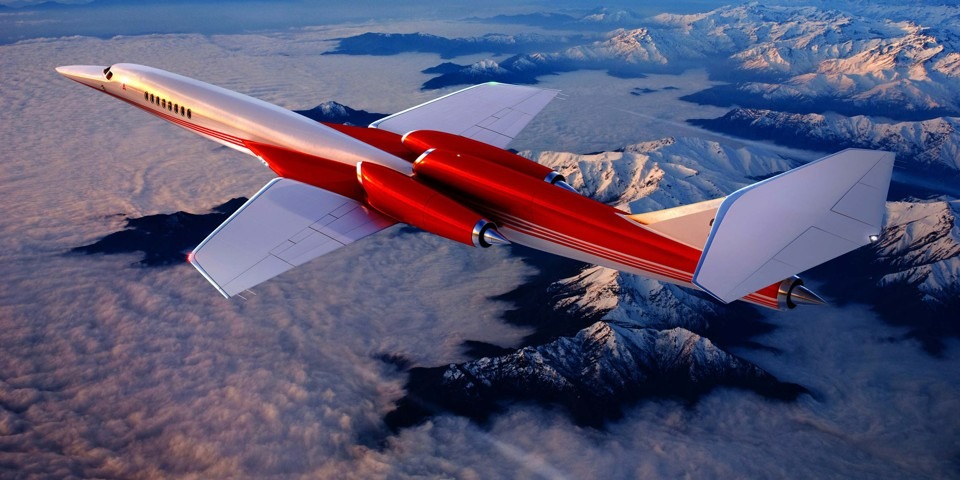
In a statement issued during the opening of the NBAA-BACE aviation show, which takes place this week in Orlando, USA, Aerion CEO Tom Vice said that the company is up to date with the schedule to fly the AS2 in 2023 and complete its certification in 2025. Before that, the executive pointed out that the company will have the preliminary design of the aircraft completed in June 2020 and shortly thereafter will start assembling the first test aircraft.
“AS2 is the first step on a roadmap to make supersonic travel efficient, sustainable and widely available,” said Vice. “Today we are at the limits of current technology. We are starting with an executive jet because the technology is there and the business model works. We see a viable market for AS2. It will be our stepping stone to bigger and faster projects, both for business aviation and commercial aircraft.”
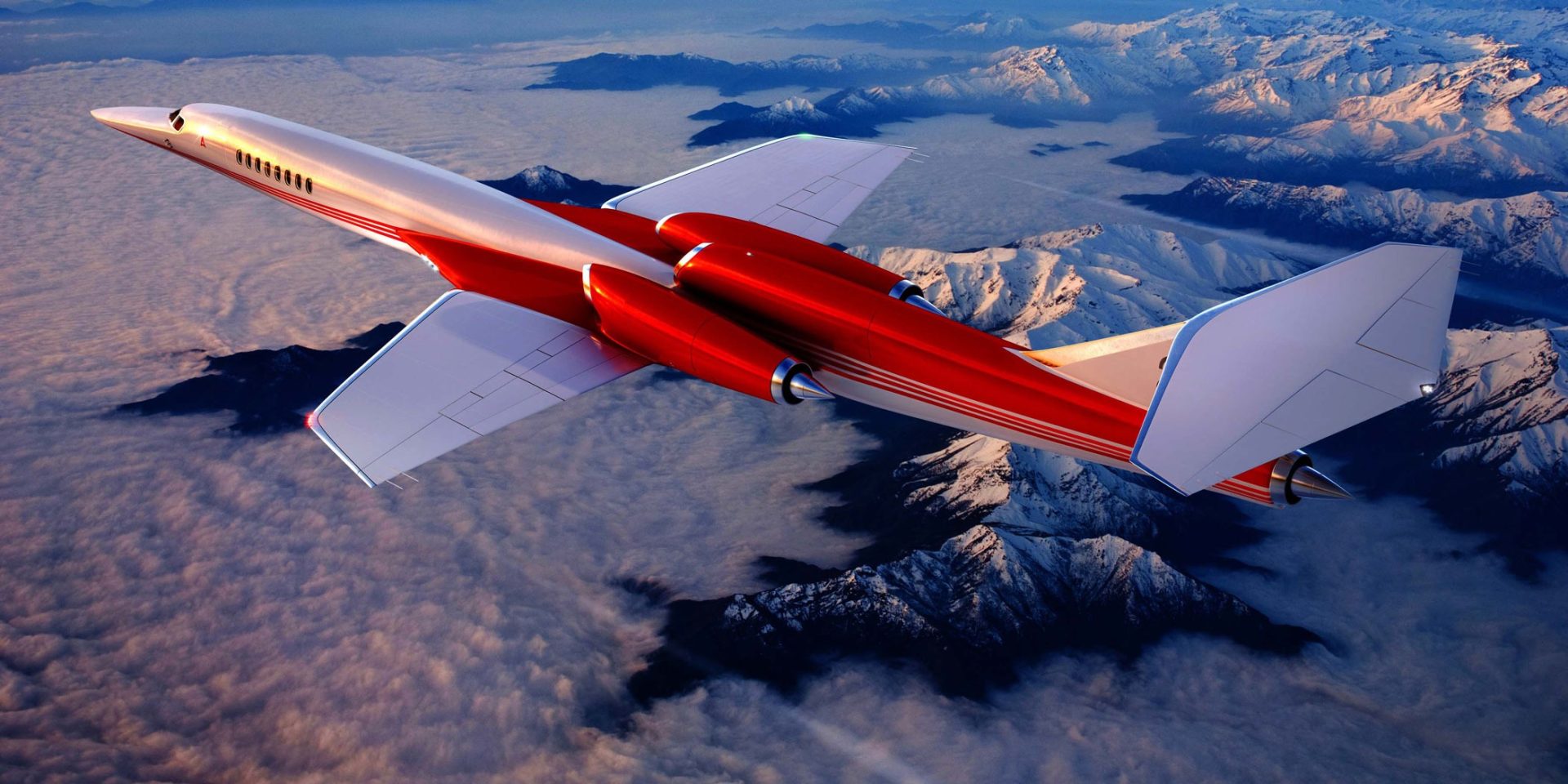
Vice, however, added that projects on more supersonic civilian planes will depend on advances in propulsion technology. “For the supersonic industry to move forward, we need to demonstrate to the market and stimulate the development of new engine technologies that will meet evolving standards for reducing noise and emissions, while increasing speed,” said the director of Aerion.
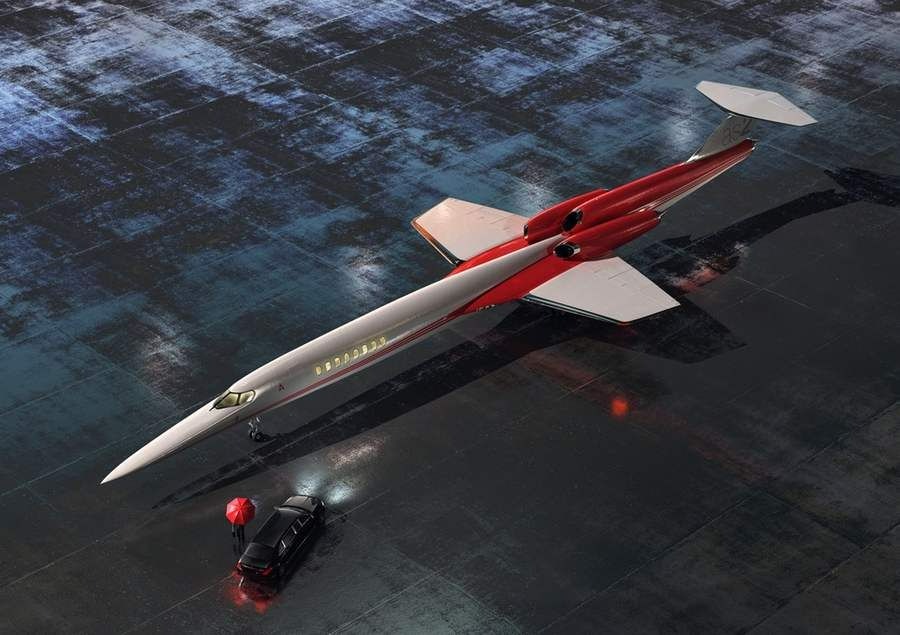
The engine proposed for the AS2 is the GE Affinity turbofan, which is already being developed in accordance with the civil aviation standards that will come into force after 2020. One of the main challenges will be to meet the noise limits. The last engine for a supersonic commercial plane was designed 55 years ago by Rolls-Royce and the defunct SNECMA to power the Concorde .
For GE’s vice president and general manager, Brad Mottier, the introduction of faster commercial aircraft is a logical step for the aeronautical industry. “Over the past 50 years, commercial aircraft speeds have increased by less than 10%. Instead of going faster, the cabins increased in size and became more comfortable, and the range became longer. With large, comfortable-cabin, long-range aircraft on the market, the next step is to increase speed.”
Another difficulty of the AS2 project is finding ways to prevent the sonic boom (the sonic boom generated by objects at supersonic speed) from reflecting on the ground, which can have dangerous consequences. According to Aerion, this issue can be solved using special software that will be able to determine the ideal flight profile to avoid the greater dispersion of the sonic boom – this was one of the problems in the career of the Concorde, which was prohibited from flying at supersonic speeds in continental areas.
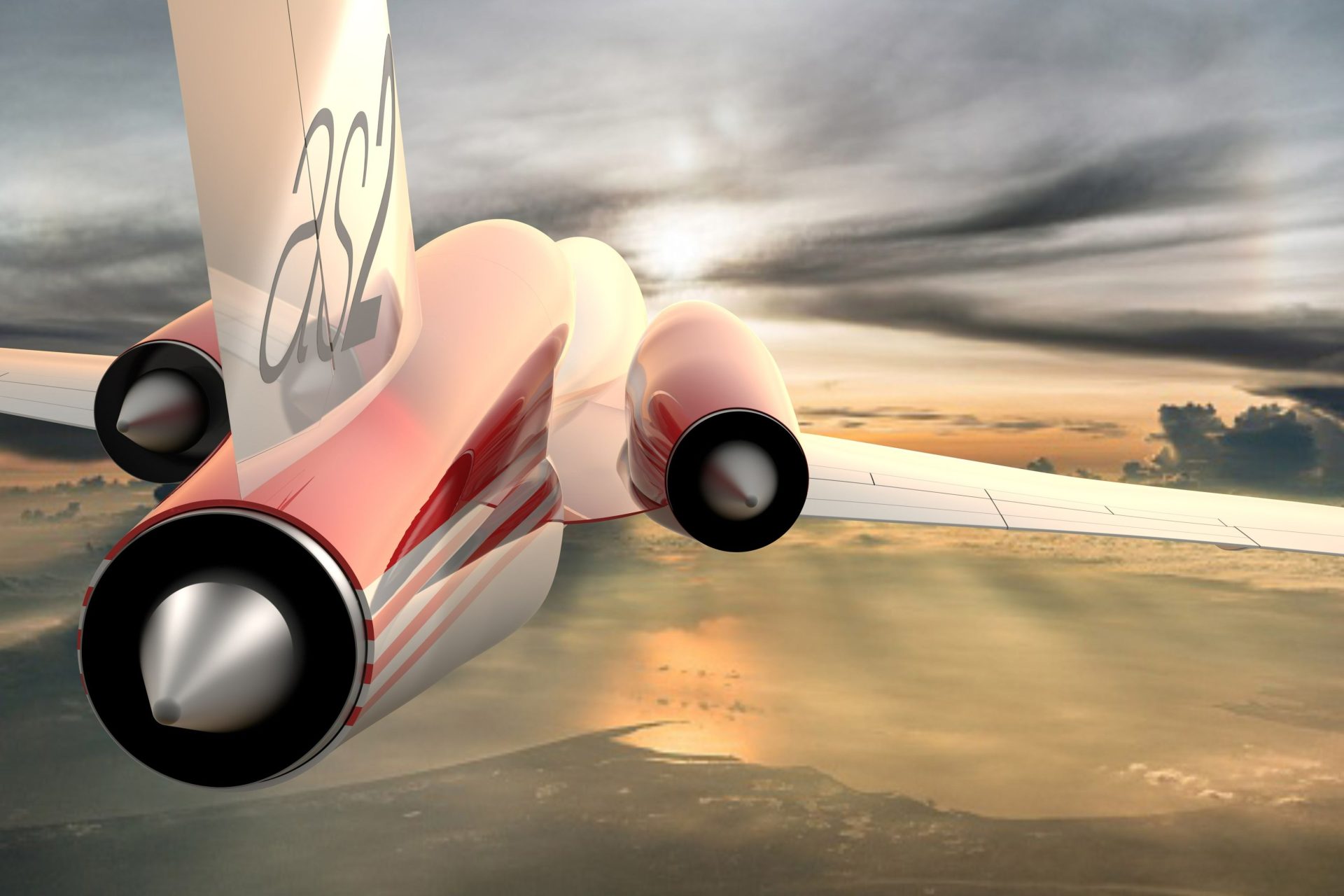
“A next-generation beyond the AS2, based on further adaptations of current engine technology, could take us from the Mach 1.4 speed to the Mach 1.6 (1,975 km/h) of the AS2 and could serve as a business jet with a larger cabin and greater range. or a small commercial plane. Entirely new engine designs have the potential to generate larger aircraft capable of flying at Mach 1.8 or beyond. Aerion intends to be at the forefront of these developments”, concluded the president of the supersonic aircraft developer and future manufacturer.

